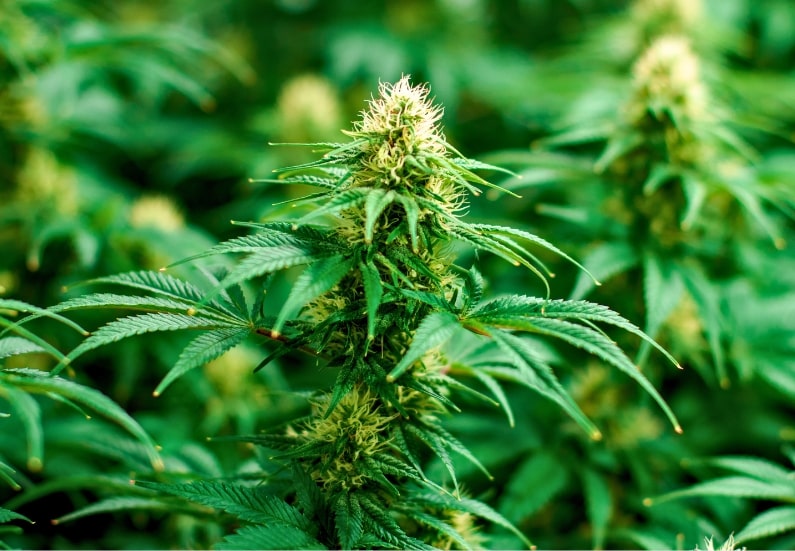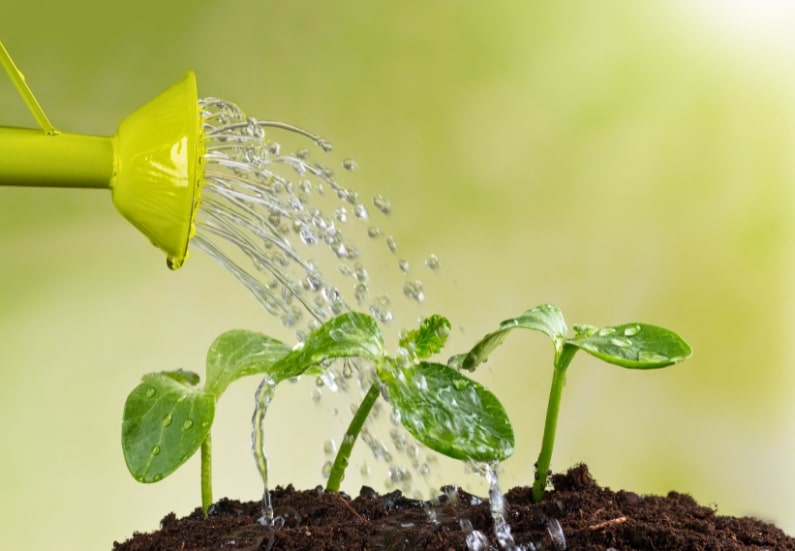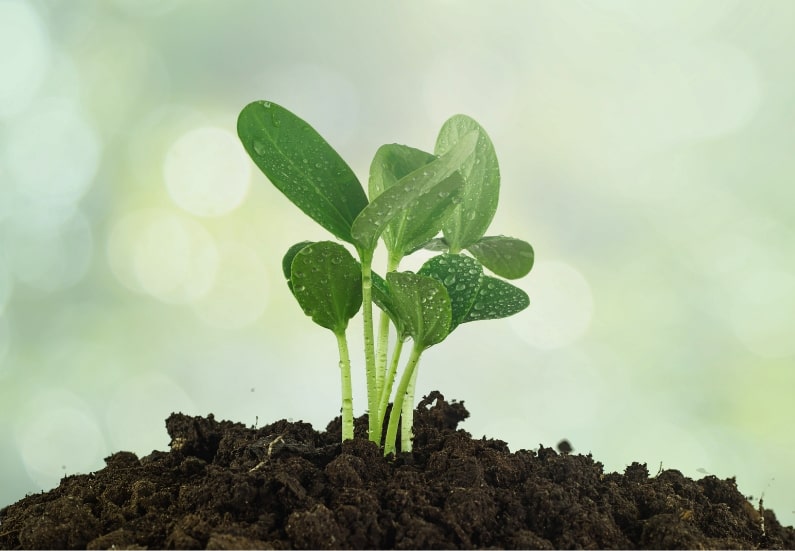Ah, the joys of home gardening! There’s something undeniably satisfying about growing your own plants, nurturing them from tiny seeds to flourishing green wonders. But what if your green thumb is held hostage by an unforgiving climate, limited space, or less-than-ideal growing conditions? Enter the hero of our story: the indoor grow box.
These ingenious gadgets might sound like something straight out of a sci-fi movie, but trust me, they’re genuine and, more importantly, incredibly effective. If you’ve been teetering on the edge of whether or not to invest in an indoor grow box for your home gardening escapades, this post is here to help you dive in (or perhaps step back) with confidence.
Are Indoor Grow Boxes Worth It?
So, you’ve decided to take the plunge and start growing your own indoor garden. You’ve researched different methods and tools, but you’re still unsure whether indoor grow boxes are worth the investment. Let’s break it down for you.
Pros of Using Indoor Grow Boxes
First things first: Why should you even consider an indoor grow box? The primary allure lies in the unparalleled control these boxes offer. Picture this: a tiny, climate-controlled paradise where your plants get the perfect amount of light, the right temperature, and just enough humidity to make them feel like they’re on a tropical vacation.
With an indoor grow box, you’re essentially the god of your miniature garden universe. You can tweak the environment to suit each plant’s needs, whether the delicate basil prefers things a bit warm or the cool-loving lettuce. Indoor grow boxes also help reduce the risks of pests, diseases, and weather-related issues, giving your plants a better chance of thriving.
And let’s not forget the year-round growing potential! Forget about the seasons dictating your gardening schedule. Want fresh tomatoes in the dead of winter? Go for it! Your indoor grow box has your back.
Cons of Using Indoor Grow Boxes
Let’s talk about the flip side before you rush out to buy one. First, indoor grow boxes aren’t the cheapest option on the market. The initial investment can be pretty hefty, especially if you opt for a high-quality, feature-rich model. And that’s just the beginning. These boxes also consume energy, adding to your monthly utility bill.
Then there’s the matter of space. Depending on the size of the grow box, you might find yourself limited in the number and variety of plants you can grow. It’s like trying to host a dinner party in a closet—you can do it, but it will be a tight squeeze.
So, are indoor grow boxes worth it? They certainly can be if you’re serious about creating an optimal growing environment and can handle the upfront costs. But like any good gardener, you’ll need to carefully weigh the pros and cons before deciding.
Types of Indoor Grow Boxes
If you’ve decided to invest in an indoor grow box, congratulations! Now comes the fun part—choosing the right type for your home garden. Let’s explore the different varieties available and what makes each one tick.
Hydroponic Grow Boxes
Hydroponics may sound fancy, but at its core, it’s simply a method of growing plants without soil. Instead, plants are rooted in a nutrient-rich water solution that provides everything they need to thrive. Hydroponic grow boxes are perfect for those short on space, as they allow for dense planting without traditional garden beds.
But here’s the kicker: hydroponic systems can lead to faster growth and higher yields than conventional soil-based gardening. Plus, they use less water and produce less waste, making them an eco-friendly choice. A hydroponic grow box might be your new best friend if you want to maximize your indoor gardening efficiency.
LED Grow Boxes
Sunlight is great, but it’s not always reliable, especially if you live where the sun seems to play hide-and-seek for half the year. Enter LED grow boxes—your plants’ new artificial sunlight source. Equipped with energy-efficient LED lights, these boxes create the ideal conditions for photosynthesis, allowing your plants to flourish even in the darkest corners of your home.
LED grow boxes are versatile and can accommodate various plants, from herbs to veggies, making them popular for indoor gardeners. Plus, with their low energy consumption, they’re kind to the environment and your wallet.
Stealth Grow Boxes
Sometimes, you want to keep your gardening hobby on the down-low—whether it’s because you’re growing something a little more controversial or simply because you prefer your plants to be the silent, unseen type. That’s where stealth grow boxes come in.
These boxes are designed with discretion, often featuring odor control and soundproofing to keep your gardening activities private. They’re trendy among cannabis growers, but anyone who values their privacy can benefit from their stealthy features.
Automated Grow Boxes
Automated grow boxes are a dream come true for those who love the idea of a garden but hate the idea of constant upkeep. These boxes take care of your hard work with features like automated watering systems, nutrient dosing, and climate control.
Automated grow boxes are perfect for busy individuals who want a hands-off approach to indoor gardening. They can be set up and forgotten—until it’s time to harvest.
Setting Up Your Indoor Grow Box
So, you’ve picked your perfect grow box and are ready to set it up. Like any good DIY project, it’s all about location, assembly, and maintenance. Here’s how to get started.
Location, Location, Location
First things first: find the right spot for your grow box. You’ll want a place with good air circulation but away from direct sunlight, heaters, or air vents. These can mess with the internal climate of your grow box, making it harder to maintain those perfect growing conditions.
Consider setting up in a spare room, basement, or even a well-ventilated closet. If you’re worried about airflow, a small fan can keep the air moving and prevent unwanted mold or mildew.
Assembling the Grow Box
Assembly time! Don’t worry—most indoor grow boxes come with instructions that are easy to follow—even if you’re not the handiest person around. Make sure all components are securely connected and that the box is level to avoid any leaks or malfunctions. Once assembled, test all the systems—lights, fans, and any other features—to make sure everything is running smoothly before introducing your plants.
Choosing the Right Plants
Not all plants are suited for indoor growing, so it’s essential to choose wisely. Herbs, leafy greens, and compact vegetables are popular, as they typically thrive in controlled environments. Consider each plant’s light requirements, space needs, and growth habits before planting them in your grow box.
A little research goes a long way—after all, you wouldn’t want to cram a sun-loving tomato plant into a dark corner or let a sprawling cucumber vine take over the entire box.
Monitoring and Maintenance
Even with an automated grow box, you’ll need to monitor it regularly. Monitor the temperature, humidity, and water levels to ensure your plants are getting the best care possible. Adjust settings as needed, and look for any signs of pests, diseases, or nutrient deficiencies.
Keeping a gardening journal to track your plants’ progress is also a good idea. This will help you fine-tune the environment and become an even better indoor gardener.
Harvesting Your Plants
Finally, the moment you’ve been waiting for—harvest time! When your plants reach maturity, carefully cut them with sharp scissors or pruning shears. Handle the plants gently to avoid damage, and prepare your freshly harvested produce for the kitchen.
There’s nothing quite like the satisfaction of enjoying the food you’ve grown yourself, and with an indoor grow box, you can enjoy that feeling all year long.
Conclusion: Why Use Indoor Grow Boxes for Home Gardening?
So, are indoor grow boxes the right choice for you? They’re worth considering if you’re serious about home gardening and want to create the perfect environment for your plants. With the ability to control light, temperature, and humidity, plus the flexibility to grow various plants, indoor grow boxes offer convenience and success that traditional gardening can’t always match.
Sure, they come with some upfront costs and space limitations, but the benefits far outweigh the drawbacks for many. Whether you’re a seasoned gardener looking to expand your options or a newbie eager to get started, an indoor grow box could be just what you need to turn your home into a thriving green oasis.
Happy growing!
FAQs
What is an indoor grow box?
An indoor grow box is a self-contained, controlled environment designed for growing plants indoors. It allows gardeners to regulate temperature, humidity, light, and other conditions to optimize plant growth.
Do indoor grow boxes use a lot of electricity?
While indoor grow boxes consume electricity, especially those with high-powered lights and fans, energy-efficient models with LED lighting can help keep costs manageable.
Can I grow any plant in an indoor grow box?
Not all plants are suitable for indoor grow boxes, but many herbs, leafy greens, and small vegetables thrive in these environments. It is essential to choose plants that match the conditions your grow box can provide.
Are indoor grow boxes suitable for beginners?
Yes, indoor grow boxes, especially those with automated features, can be great for beginners. They simplify the growing process and reduce the chances of common gardening mistakes.
How often do I need to maintain my indoor grow box?
Maintenance frequency depends on the type of grow box and the plants you’re growing. Regular monitoring of water, temperature, and humidity is essential, and some systems may require weekly or monthly upkeep.
Can I grow plants year-round in an indoor grow box?
One of the main advantages of indoor grow boxes is the ability to grow plants year-round, regardless of external weather conditions.

















